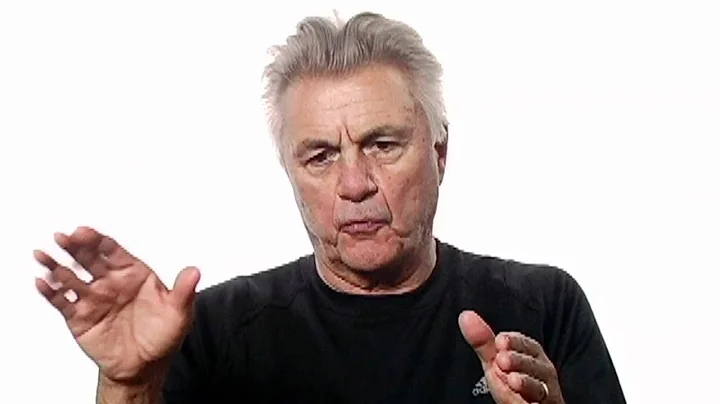After three days, the "Ultraman Tiga" that was removed from the shelves was re-listed and rushed to the hot search

Just as the believers of light were cheering, they discovered that this one was relaunched. Some fragments of his work were deleted, light, and incomplete.

incomplete light
The excellent Chinese comic " Assassin Wu 67 " and other works that have been removed from the shelves at the same time have not yet been released.

Assassin Five Six Seven
Is it really only going to be watched in the future...

Makabaka
... .................................................. ...........
From Piggy's point of view, anime rating system! Without delay.
What is an animation rating system?
Children’s imitative power and curiosity are universal all over the world, and similar examples of "not learning well from animation" are not uncommon in foreign countries. Aside from the factor of "non-stick" parents, there are many cases around the world.
Six years ago, two 13-year-old junior high school girls in Odawara City, Japan imitated the plot of the comics, unscrewed the water pipe and flooded the school building, causing the school to suffer financial losses; in March of the same year, a 15-year-old girl in Yekaterinburg, Russia was suspected of being an anime character Jumped off the building and died...For these events,The reactions of foreign parents and the media are similar to those in China, but there are also some that we can learn from.
bottom line! Children are different from adults. They have a strong ability to imitate, but their ability to discriminate between good and bad society is far from enough. Without the guidance and education of their parents, they are very easy to imitate too much.
Therefore, children-oriented animation must avoid the induction of bad tendencies.
The United States and Japan have very strict censorship on children’s animation. For example, muzzles are not allowed in the screen, and child characters are not allowed to wear navel clothing. Offenders will be deleted and cut, otherwise the broadcast will be prohibited. Japan has many animations for adult audiences, but it is only allowed to be broadcast late at night after children fall asleep. Once a work is suspected of causing an adverse event, the broadcasting organization must "self-defeating" and immediately stop broadcasting to analyze the cause. At the same time, there is an important recognition in Japan,
that is: because public works, including animations, contain complex information, guardians must take the responsibility of teaching children to judge things correctly. After such incidents occur, whether it is the fault of the animation or the lack of parental supervision, foreign countries tend to treat them differently. Take Japan as an example. Japanese parents are no less sensitive to the adverse effects of animation than Chinese parents. They complain to the education department almost every month. For these complaints, if it is really "anime caused trouble", government agencies will directly investigate them. The "Pokemon Flash Incident" in 1997 is the best example. However, if there is no evidence that animation is clearly at fault, the society will be held accountable for the parent’s ability to discipline.

The classification system of film and television works in various countries
The United States' response is mainly based on classification. In other words, a relatively objective organization will assess the rating of cartoons and use this as the basis for the release.
TV-Y (suitable for all children)
Representative films: "The Adventures of Winnie the Pooh", " SpongeBob SquarePants "
: no matter the theme or the plot explanationIt must be designed for young children, including children aged 2 to 6 years old, will not be frightened when watching.
TV-G (available to general audience)
Representative film: "Popeye"
Explanation: Although it is not designed for children, parents can rest assured that they can watch it. There are almost no scenes of violence.
TV-Y7 (suitable for children over 7 years old)
Representative films: "X-Men: Evolution", "Batman", " Astro Boy"
There is a small amount of violence, so these cartoons require children to have the ability to distinguish. Children under the age of 6 may feel scared or misled when watching.
TV-PG (Parents are recommended)
Representative films: "The Simpsons" and "Inuyasha"
Explanation: There is moderate violence in it, which requires parents to screen.
TV-14 (Parents must accompany)
Representative films: "Bounty Hunter" and "Double-faced Showgirls"
Explanation: There are strong violence and other scenes. It is strongly recommended that parents monitor such programs and do not allow children under 14 to watch them alone.
Japanese classification example
The current Japanese movie classification system was established in 1998.There are four levels:
General: There are no restrictions, such as: " smart one break ".
PG-12: People under the age of 12 must be accompanied by their parents to watch movies with plots of sex, violence, horror, and bad behavior that children may imitate. Such as: " Crayon Shin-chan ".
R-15: No entry for children under 15 years of age. The plot contains more in-depth sex, violence, terror, group exclusion, and bad behavior that young people may imitate. Such as: "Slam Dunk".
R-18: No entry is allowed under the age of 18. The plot contains more in-depth sex, violence, horror, bad behaviors that young people may imitate, performances that encourage drug use, and anti-social behavior. Such as: "Attack on Giants."
There is no longer a classification system for film and television works. In the future, there will be a strange phenomenon of children watching adult films or adults watching children’s films .
blocking will never solve the problem. The firepower of "nonstick pans" will definitely increase in the future, and the scope of the knife will most likely spread to works outside the animation.
And the light will slowly dim.
.


![On Writing: Subtext (and how to use it)! [ Tarantino | Thrones | Gatsby ] - DayDayNews](https://i.ytimg.com/vi/58FyvzttlIg/hq720.jpg?sqp=-oaymwEcCNAFEJQDSFXyq4qpAw4IARUAAIhCGAFwAcABBg==&rs=AOn4CLBfOGnWnraSxYimgs9dAYyEcjATVg)







